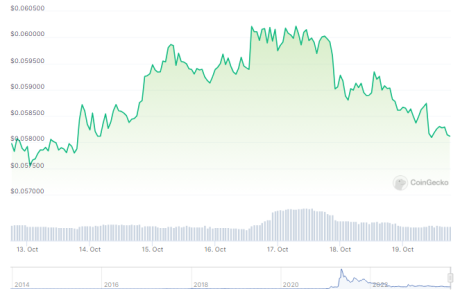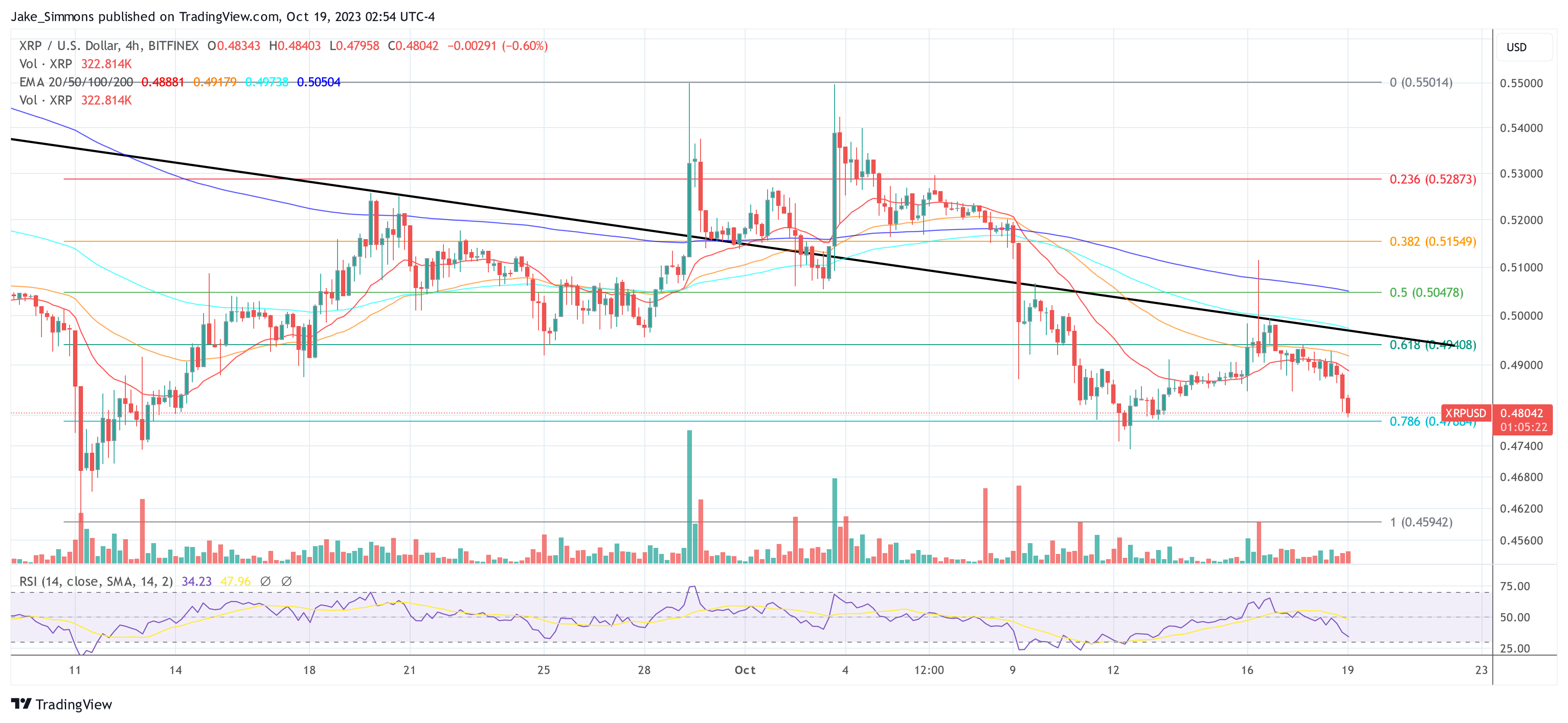The trial of the former CEO of the defunct crypto exchange FTX, Sam Bankman-Fried (SBF), continued on October 18 with the direct examination of the prosecution’s expert witness, Peter Easton, an Accounting Professor who works at the University of Notre Dame.
Expert Testimony Shows Customers’ Funds Were Stolen
According to a report by Bloomberg, Easton explained that $9 billion in customers’ funds had already gone missing since June 2022, five months before FTX filed for bankruptcy. He specifically alluded to the customers’ deposits, which were made into Alameda Research’s bank accounts.
Having laid a foundation that Bankman-Fried stole FTX’s customers’ funds through Alameda, the next step in the prosecution’s case was to show that these funds were indeed stolen, and that was the role of Easton, who has an expertise in “penetrating the details of financial statements.”
He stated that based on deposits made by customers, Alameda was meant to have held $11.3 billion in FTX customers’ funds, but only $2.3 billion was actually in the trading firm’s bank accounts. According to him, these funds were ultimately used for several purposes.
What The Stolen FTX Funds Were Used For
Easton further provided details as to where some of these funds went. He alleged that some of these funds were used to invest in companies like Anthony Scaramucci’s SkyBridge Capital, Lily Zhang’s Modulo Capital, Robinhood, Dave and Anthropic.
Specifically, he stated that the investment in Modulo was 100% from customers’ funds, with him being able to trace the transaction from FTX’s database.
While giving her testimony, Alameda’s ex-CEO, Caroline Ellison, also revealed that Alameda, with SBF’s permission, used FTX’s customers’ funds to repay its lenders. Easton corroborated this statement as he mentioned that some of the missing funds were used to repay lenders like Celsius, Abra, Maple, and Anchorage.
His testimony didn’t stop there, though, as, according to him, some of the funds were also used to fund political campaigns, charity foundations, and real estate purchases. Part of these political contributions included the $1 million that FTX’s Director of Engineering Nishad Singh had donated to Mind The Gap (MTG), a Political Action Committee (PAC) that SBF’s mum Barbara Fried co-founded.
Additionally, $96 million of these customers’ funds is said to have been spent on real estate purchases, of which a property owned by SBF’s parents happens to be among them, going by the evidence tendered by the prosecution.
The professor mentioned that all these discoveries were made following his analysis of Alameda’s statements, information from the FTX database, documents from lenders, and on-chain data.











